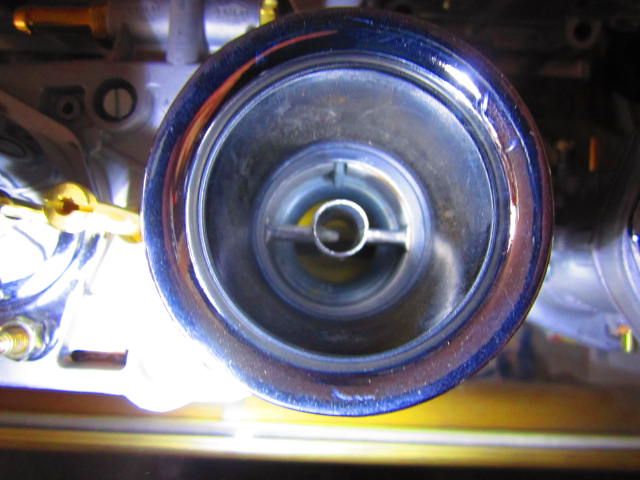Just waiting for a waffle manifold coming from the old country.
I went to a local VW bug speed shop and bought some velocity stacks to go on my carbs.
Once I got them home and fitted them to the top of the carbs this is what I saw.
Shouldn't the transition from the bottom of the stack to the inlet of the carb be the same diameter?
Seems to me this is going to be a source of turbulent flow into the carb causing unknown tuning issues.

